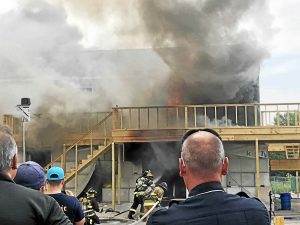- Experiments
- Resources
- Challenges
-

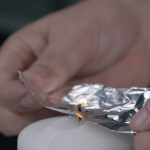
The Fire Triangle
Using a candle, students conduct four experiments to limit one of each side of the fire triangle – oxygen, fuel, and heat - to understand the needs of fire. Then, using a metal screen, students look at a candle flame to observe combustion.
-

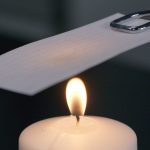
Heat Transfer & Ignition
Students make observations about how thermal energy is transferred and how transferred heat starts fires. Students compare the surface to mass ratio of a block of wood and a toothpick, then compare how easily they ignite. Students then make observations about how different materials ignite and burn.
-

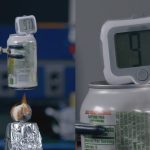
Energy and Combustion
Students watch the interactive video of our UL Fire Experts in the fire research lab to make observations of the timing, behavior, and smoke of different fuels as they burn. The video continues with the building of a calorimeter to measure the heat released from common household furnishings. If your classroom has the proper ventilation and equipment, directions are provided for building a calorimeter for classroom investigation.
-

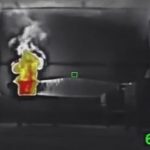
Fire Lab Data Analysis
Using the data from two burns in the fire science lab, students will make conclusions about the impact of ventilation on a fire. Students will present their ideas about why this understanding is critical for both firefighters and the women and men investigating the fire’s origin and cause.
-

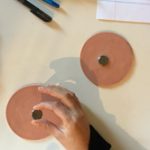
The Bologna Test
In small groups, students will place a piece of bologna on a noncombustible surface. They will place one dropper full of saline in the center of the meat slice, then place a button cell lithium-ion battery in the pool of saline on the bologna. Using a timer, they will observe what happens each minute for 10 minutes.
-

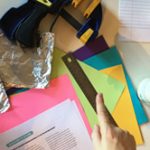
Tensile Test & Durability
What types of testing do safety engineers put materials through? One type of testing is tensile performance – the resistance of a material to breaking under tension. But it’s not just the strength of the material that matters, the design is also important. The design of the shape needs to protect the battery pack (and other components, but for this lab, we’ll focus on the batteries) and keep the unavoidable battery pack heat from harming the user. Will the design shape stand up to the can of soup (represents the relative weight of a hoverboard passenger)?
-

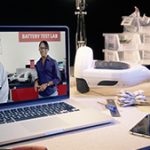
Thermal Test
In this Investigation student groups will use their hoverboard enclosure with the battery pack installed as it was designed in Investigation 2 to determine if the heat transmission through the enclosure, as well as the heat generated inside the enclosure, meet safety standard requirements for thermal performance.
-

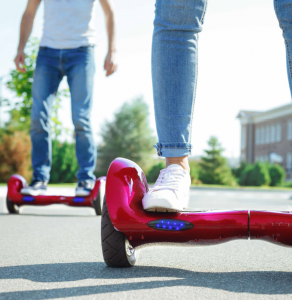
Solve For X: Solve the Hoverboard Problem with Safety Standards
Students learn about engineering and safety standards in this case study about hoverboards, which includes discussion questions and a glossary. Then, students apply their knowledge by forming a panel and devising a safety standard for another device.
-


Drones Flying to New Heights
Unmanned aircraft are not a mear science-fiction idea, or a short-term fad. Drones are here to stay, and little by little they are becoming more important in everyday life.
-


A Mind for Numbers, a Heart for Safety
Dr. Pravinray Gandhi leads UL research into safer products, from smoke alarms to lithium-ion batteries.
-

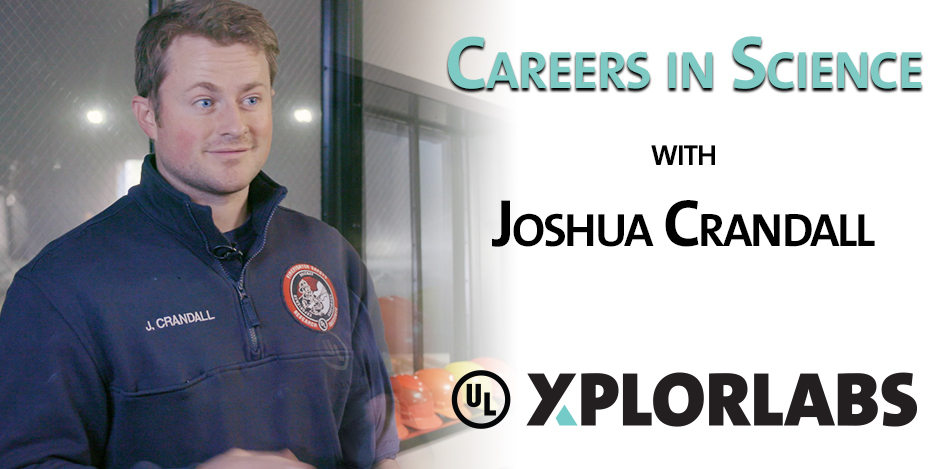
UL Xplorlabs Careers in Science: with Joshua Crandall
So you think you storytellers are not vital to the world of fire dynamics and engineering? Think again! You might be surprised how a skilled videographer makes a difference (and loves his job) in the fire industry.
-

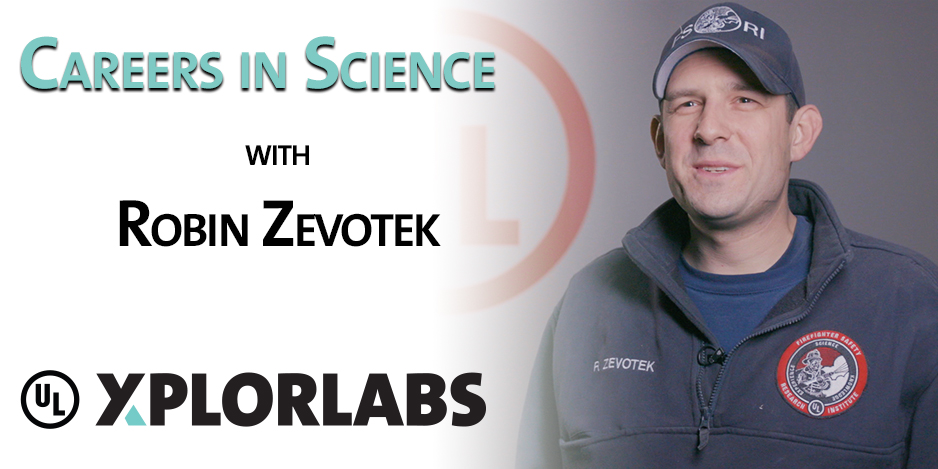
UL Xplorlabs Careers in Science: with Robin Zevotek
He was a former high school athlete who liked computers and later discovered his passion in fire research. Today, Robin’s work helps train the next generation of firefighters, and even helps save lives.
-


UL Xplorlabs Careers in Science: with Kelly Opert
It’s paying attention to the tiniest of details that makes her job so important, and so unique! Her role on UL’s Fire Research Engineering team is vital to the success of huge projects.
-


UL Xplorlabs Careers in Science: with Dan Madrzykowski
Every path has a story, and the 30-year path taken by Dan was one of discovery and passion for fire engineering. Sometimes, all it takes is a small spark of inspiration to light your way.
-

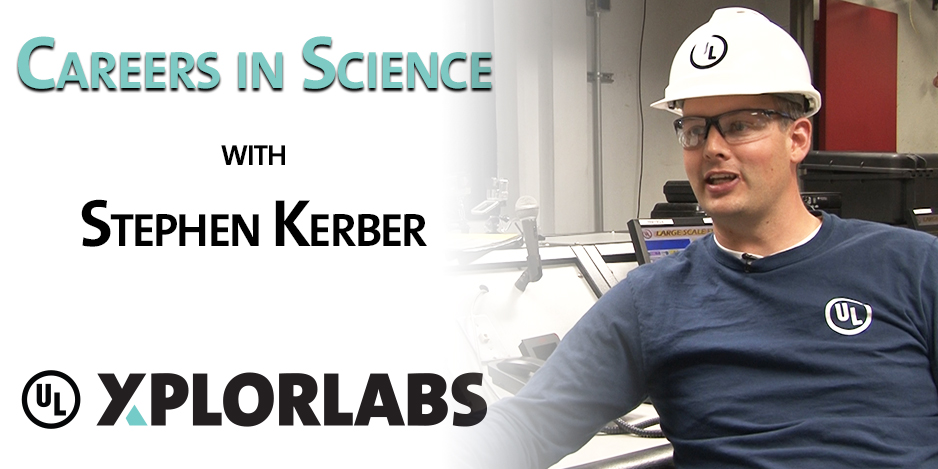
UL Xplorlabs: Careers in Science with Steve Kerber
While he had an idea that he would grow up and work in the fire industry, in one way or another, he did not realize that the Firefighter Safety Research Institute would be his calling.
-

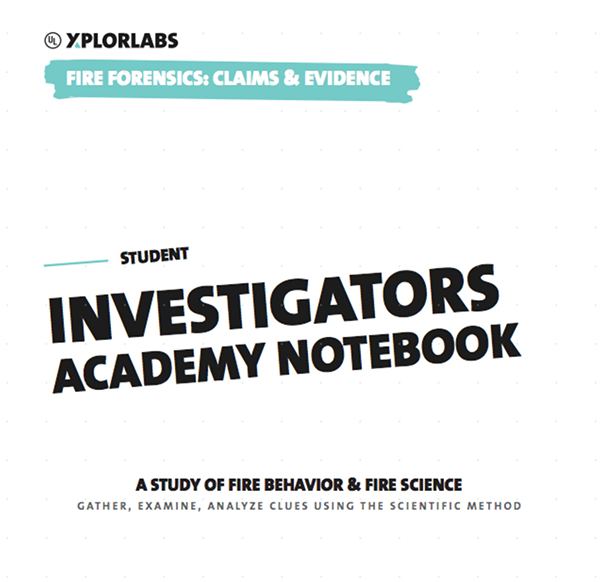
Investigators Notebook
The Investigators Academy is the training students need in fire science before they enter their first burn scene to solve a case. Students use this printable notebook as they explore each interactive section of the Investigators Academy – What is Fire?, Elements of Fire, Fire Development, Fire Behavior, and Ventilation. They are encouraged to record their thinking and make observations.
-

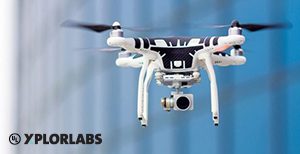
The Future Of Business, Delivered by Drones
UL is paving the way for safer adoption of drones for commercial applications.
-

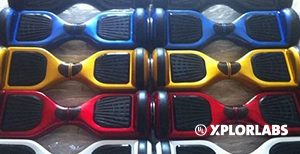
Hoverboards, Drones, Electric Bicycles, & Beyond
UL 2849 initially addressed safety standards for electrically pedal-assisted (EPAC) cycles. But with the increased popularity of e-bikes, e-motorbikes and e-scooters, UL 2849 has been updated to include all roadworthy cycles, not just EPACs. The third edition of the standard addresses the most recent issues to support safe use of any product intended for a single rider or possible passenger that is typically considered for road use, may have pedals, and is typically sat upon during operation.
-

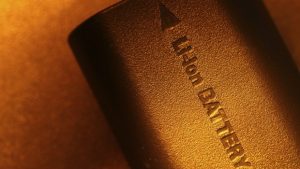
UL Studies Lithium Ion Battery Safety
For more than a decade, UL’s research team has investigated the safety of lithium-ion batteries to help manufacturers make continual improvements.
-

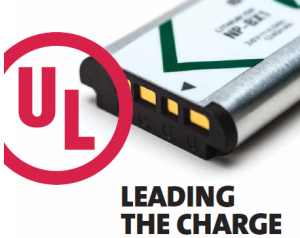
Charging Into the Future
Envisioning bright days ahead, battery makers are boosting performance, power, and reliability through intensive innovation at the cellular level.
-


Yessss! We Got It Wrong!
For months, physicists buzzed about the tantalizing possibility that they had discovered a new particle that could crack the cosmic code and change everything.
-

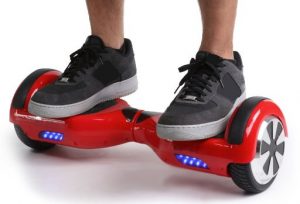
Behind the Scenes: How UL Tests Hoverboards To UL 2272 Requirements Part II
UL performs multiple tests on hoverboards, which translate to safety for the consumer.
-

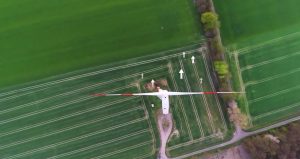
Batteries are a Crucial Component of Our Energy Portfolio
People take batteries for granted, typically worrying about them only when they fail in the electronic devices they carry or in the cars they drive.
-

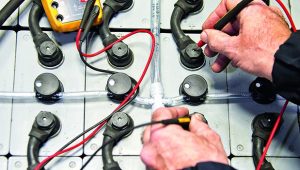
Powering Up: From Dreamliners to Hoverboards, UL Researcher Alvin Wu Leads Efforts To Make Batteries Safer
Wu tackles all aspects of lithium-ion batteries, to improve safety features and help manufacturers with design challenges.
-

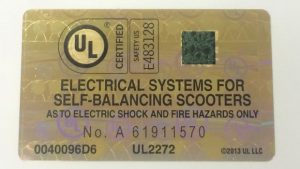
Journey To Safer Hoverboards Part I
With multiple fires and injuries over the past year, hoverboards are a stark reminder that getting items to market quickly is not always best.
-

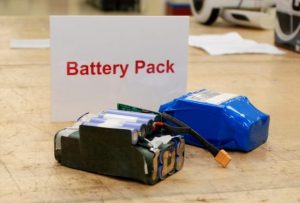
Behind the Scenes Lithium Ion Batteries Are Put To the Test
The Li-ion battery is relatively safe but, with the billions of batteries used around the world, it is inevitable that some failures will occur. UL’s work is aimed at helping to reduce the number of those failures.
-

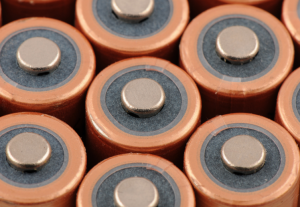
Safety Issues for Lithium Ion Batteries
Lithium-ion batteries are widely used as a power source in portable electrical and electronic products.
-


UL Working To Ensure Used Ev Batteries Can Be Safely Re Purposed
Electric vehicles are sexy. They accelerate from zero to sixty in no time. Some of the coolest models from BMW and Tesla have gull-wing doors. And they are beginning to gain traction in the market.
-

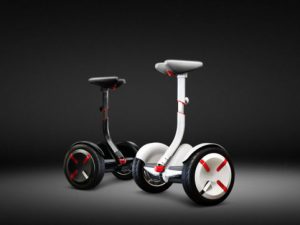
A Weird New Segway is Finally Making Hoverboards Legit
REMEMBER HOVERBOARDS? Last year was pretty big for the two-wheeled self-balancing scooters, which (sort of) made good on Back To The Future‘s promise of the future of transportation.
-

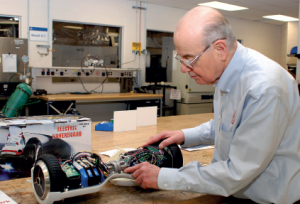
Hoverboards from Seasonal Headline to Safety Standards in Short Order
Ken Boyce, Principal Engineer Manager at Underwriters Laboratories, explains how the holiday season horror story became a milestone in rapid test standard development.
-

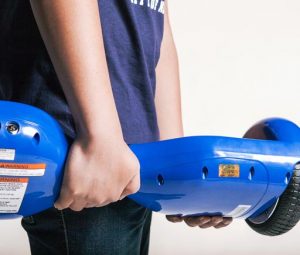
A New Certification For Next Generation Self Balancing Scooters (“Hoverboards”)
As self-balancing scooters, or hoverboards, continue to grow in popularity, the need for electrical system certification is more important than ever.
-

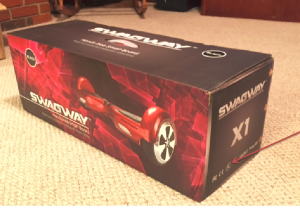
UL Warns of Counterfeit UL Mark on Swagway Hoverboards (Release 16PN-01)
The following is a notification from UL that hoverboards marketed and sold by Swagway, LLC bear counterfeit UL Marks. Swagway Hoverboards have not been evaluated by UL to any Standard for Safety and it is unknown if the Swagway Hoverboards comply with any safety requirements.
-

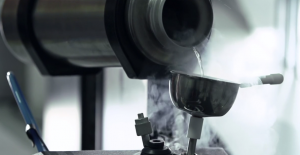
National Academies Of Sciences Engineering Medicine
Our mission is to improve government decision making and public policy, increase public understanding, and promote the acquisition and dissemination of knowledge in matters involving science, engineering, technology, and health.
-


UL Xplorlabs Career In Science With Marilyn Black
Meet Marilyn Black – a PhD with a knowledge and passion for discovering breakthroughs in environmental science. Think all science is the same? Check out the path that Marilyn created, and how she followed her passion to get to where she is today.
-


UL Xplorlabs Careers in Science with Tom Chapin
Imagine being a decent student, and having your high school guidance counselor tell you that you are not college material. Now imagine proving that counselor wrong, and growing up to become a Vice President of Research at UL! Think it can’t happen? Meet Dr. Tom Chapin.
-


UL Xplorlabs Careers in Science with Judy Jeevarajan
What is better than being a rocket scientist? Well, how about a rocket scientist who works for UL and is helping to make the world safer through her extensive study and research of batteries?
-

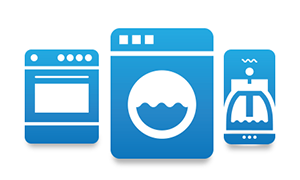
Standards Matter Improving And Saving Lives
Innovation inherently creates risk. When a new product or service is created, the world is often unaware of the dangers or risks associated with the new technology. Electricity is a great example of this concept.
-

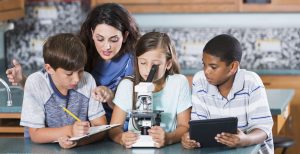
Next Generation Science Standards
Within the Next Generation Science Standards (NGSS), there are three distinct and equally important dimensions to learning science. These dimensions are combined to form each standard—or performance expectation—and each dimension works with the other two to help students build a cohesive understanding of science over time.
-

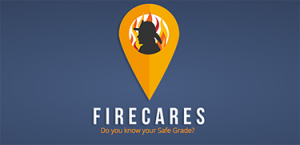
Firecares
FireCARES analyzes massive amounts of fire department and community data to identify whether resources are appropriately deployed to match a community's risk level.
-


Fires and Food Safety
Food exposed to fire can be compromised by three factors: the heat of the fire, smoke fumes, and chemicals used to fight fire.
-

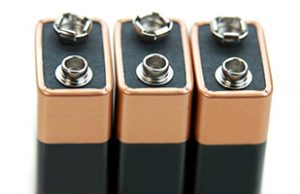
Don’t Let a Battery Set Your House on Fire
The hidden hazards of 9-volt batteries and how to store and dispose of them safely.
-

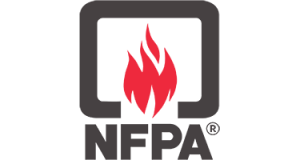
National Fire Protection Association
NFPA delivers information and knowledge through more than 300 consensus codes and standards, research, training, education, outreach and advocacy; and by partnering with others who share an interest in furthering our mission. NFPA membership totals more than 60,000 individuals around the world.
-

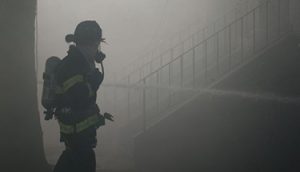
Redefining Smoke
UL scientists have identified the composition of today's smoke and its higher levels of toxicity. UL is working to understand the long-term health risks to firefighters from exposure to smoke particles in modern home and office fires.
-


Safety Tip: Close Your Bedroom Door at Night
Half of all fire deaths in the United States happen at night when most people are asleep, according to theNational Fire Protection Agency. You can increase your odds of surviving a house fire by doing one simple thing: Close your bedroom door before you go to sleep.
-

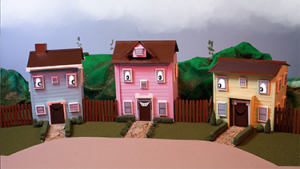
Close Your Door
The Close Your Door safety initiative comes as the result of over 10 years of research by the UL Firefighter Safety Research Institute (FSRI). After proving that a closed door could potentially save lives in a fire, UL FSRI has committed to share this finding with the world.
-


House Fire Safety Hear Beep Where You Sleep
Learn what you need to know about one of the most effective ways to protect your family in the event of a flare-up.
-

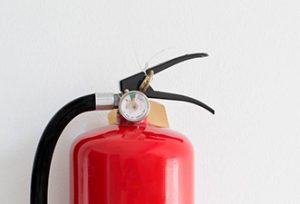
What Kind of Fire Extinguisher Do You Need, and Where?
Using the wrong type against a blaze can actually make a fire worse.
-


Inside UL: Fire Science
Inside UL: Learn about fire, fire safety, and UL's involvement with Fire.
-

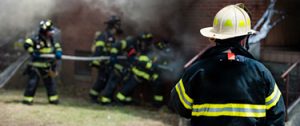
Home fire safety
Did you know that home fires today are more dangerous than fires 50 years ago? Advances in home building and construction and new materials used in furniture and furnishings have created what UL fire researchers have called "a perfect storm."
-

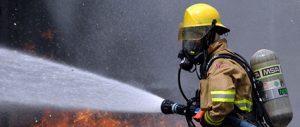
Basement burn tests save lives
UL’s research shows that fire can engulf a new home eight times faster than a house built 50 years ago, and a study we conducted with the FDNY and NIST found that firefighter deaths have grown by 67 percent in 30 years.
-

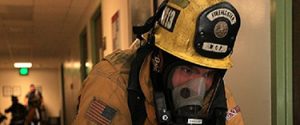
High-rise fire safety: Do you know the plan?
Knowing and understanding the plan for high-rise residents in case of a fire.
-

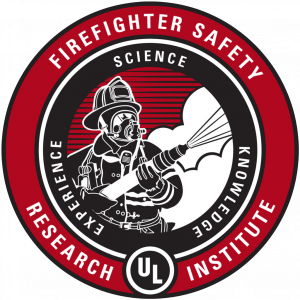
UL Firefighter Safety Research Institute
Learn about UL’s Firefighter Safety Research Institute. FSRI is dedicated to increasing firefighter knowledge to reduce injuries and deaths in the fire service and in the communities they serve.
-

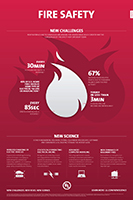
Infographic 2: UL Fire Safety
New challenges: new materials and technologies are making fire-related risks much greater and the challenges of fire safety very different today.
-

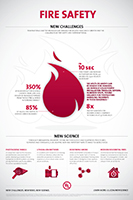
Infographic 1: UL Fire Safety
New challenges: new materials and technologies are making fire-related risks much greater and the challenges of fire safety very different today.
-

-

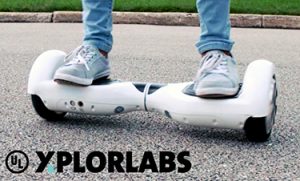
DESIGN AND SELL A PERSONAL TRANSPORTATION DEVICE TO THE WORLD
What’s the next big thing in personal transportation? Encourage your class to imagine a new way to travel, and have them write and design promotional ads introducing this new means of travel to the world. The challenge is to come up with an advertising campaign that would emphasize the safety engineering that went into designing the new product and create ads aimed at kids and parents to share.
-


DESIGN A HOVERBOARD SAFETY PSA FOR THE WORLD
Many manufacturers are now creating hoverboards that pass mechanical, environmental, and electrical tests, but that doesn’t mean kids will use safe behaviors all the time. Kids are riding hoverboards on streets and sidewalks that weren’t designed for them. In fact, few places have guidelines on safe usage. That’s where you come in! Design a Public Service campaign that highlights the safe use of hoverboards in cities around the world.
